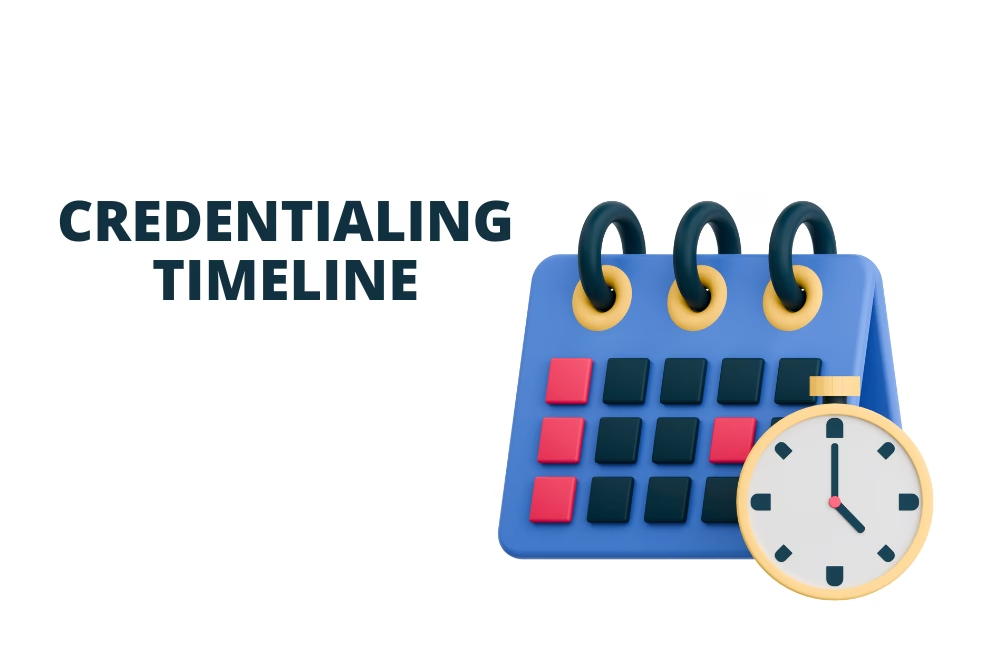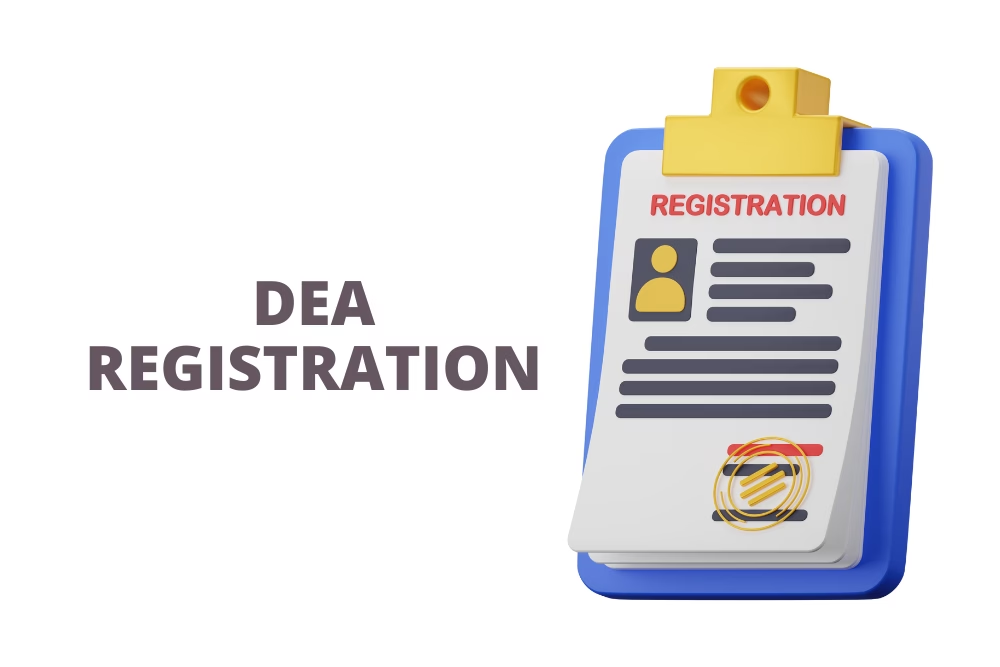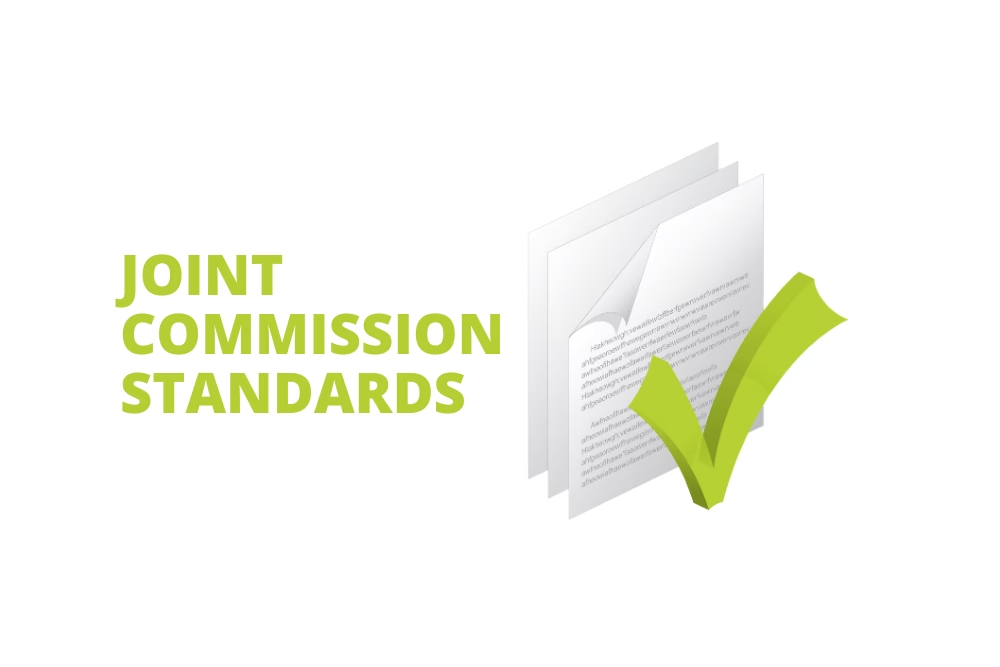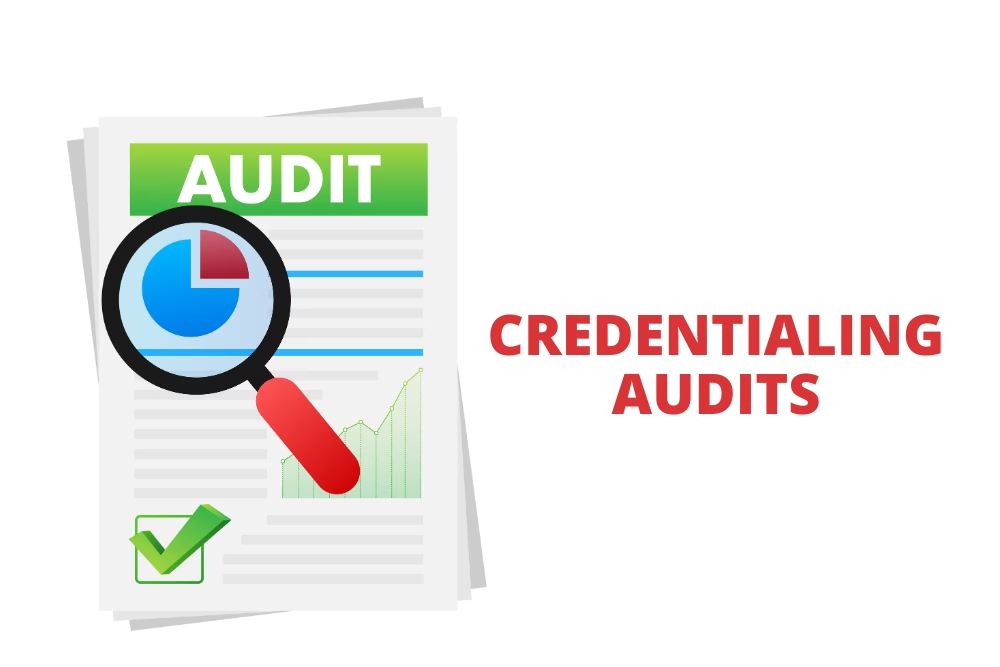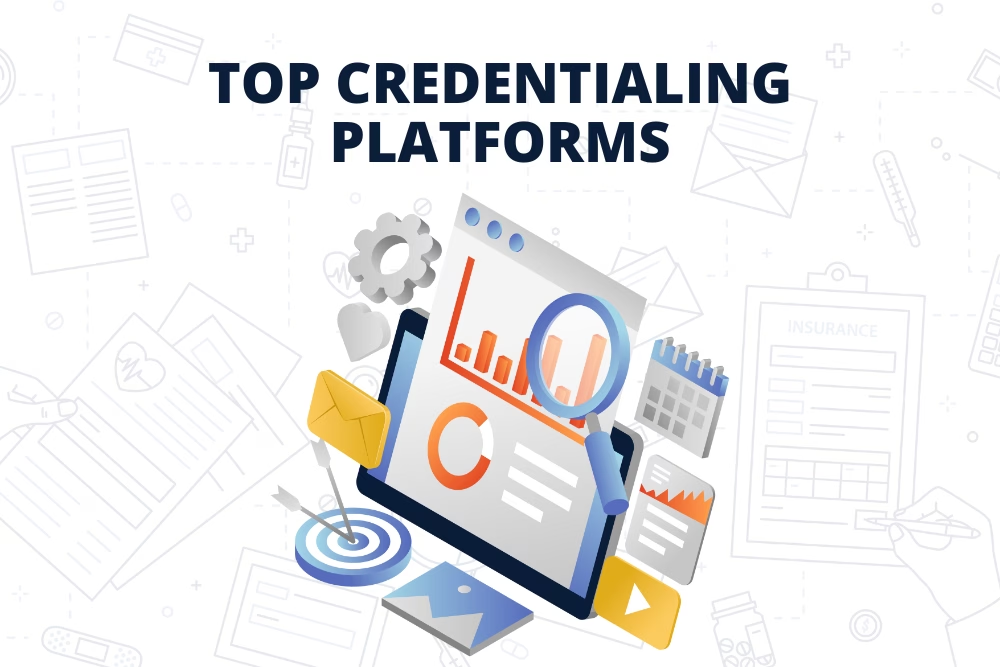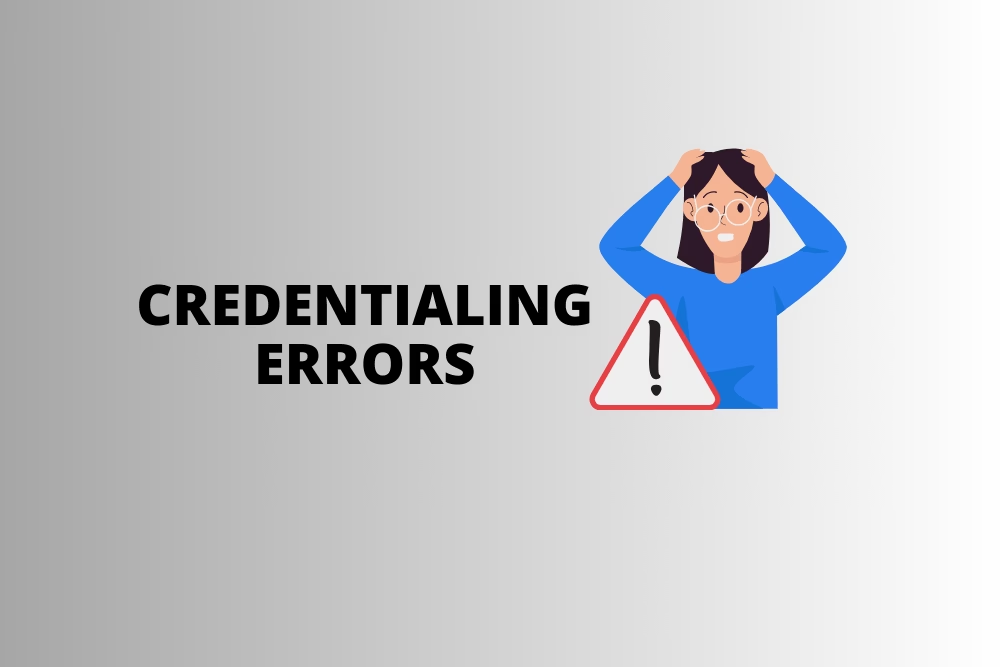In today’s fast-paced healthcare world, understanding the credentialing process is important for practice managers, providers, and owners. Credentialing is the careful checking of a provider’s qualifications, background, and compliance. This process helps ensure patient safety and meets regulations. But one big question remains: How long does credentialing take? Let’s look at it step by step.
The Credentialing Timeline: What to Expect
Credentialing timelines can vary based on factors like the provider’s history and organizational requirements. However, here’s a general breakdown of the process:
- Application and Documentation (1-2 weeks):
- Gather and submit all required documents, such as licenses, certifications, and work history.
- Accuracy and completeness are critical to avoid delays.
- Primary Source Verification (4-6 weeks):
- Verify credentials directly from the source, including medical school records, licenses, and board certifications.
- This step ensures the provider’s qualifications are legitimate.
- Background Checks (1-5 business days):
- Conduct criminal background checks to ensure compliance and patient safety.
- Peer References (Variable):
- Collect references from peers, which can take time depending on their responsiveness.
- Committee Review (2-4 weeks):
- The credentialing committee reviews the application and supporting documents to ensure compliance with standards.
- Payor Enrollment (6-12 weeks):
- Enroll the provider with insurance payers like Medicare and Medicaid.
- This phase often involves contract negotiations and can be the most time-consuming part of the process.
Why Does Credentialing Take So Long?
Credentialing is a meticulous process designed to protect patient safety and ensure regulatory compliance. Each step, from primary source verification to committee review, is essential for validating a provider’s qualifications. Payor enrollment, in particular, can be lengthy due to the involvement of multiple entities and contract negotiations.
How to Streamline Your Credentialing Process
For practice managers and healthcare owners, reducing credentialing delays is crucial. Here are some strategies to optimize the process:
- Proactive Documentation: Keep all provider documents up-to-date and easily accessible.
- Leverage Technology: Use credentialing software to automate workflows and reduce errors.
- Stay Organized: Maintain a clear system for tracking applications and deadlines.
- Understand Payor Requirements: Familiarize yourself with each payer’s specific requirements to avoid delays.
The Bottom Line: Patience Pays Off
While credentialing is a time-intensive process, it’s a cornerstone of quality healthcare delivery. By understanding the timeline and implementing efficient strategies, practice managers and healthcare owners can minimize delays and ensure a smooth credentialing experience.
Contact eClinicAssist today to learn how we can support your practice and optimize your credentialing process.

